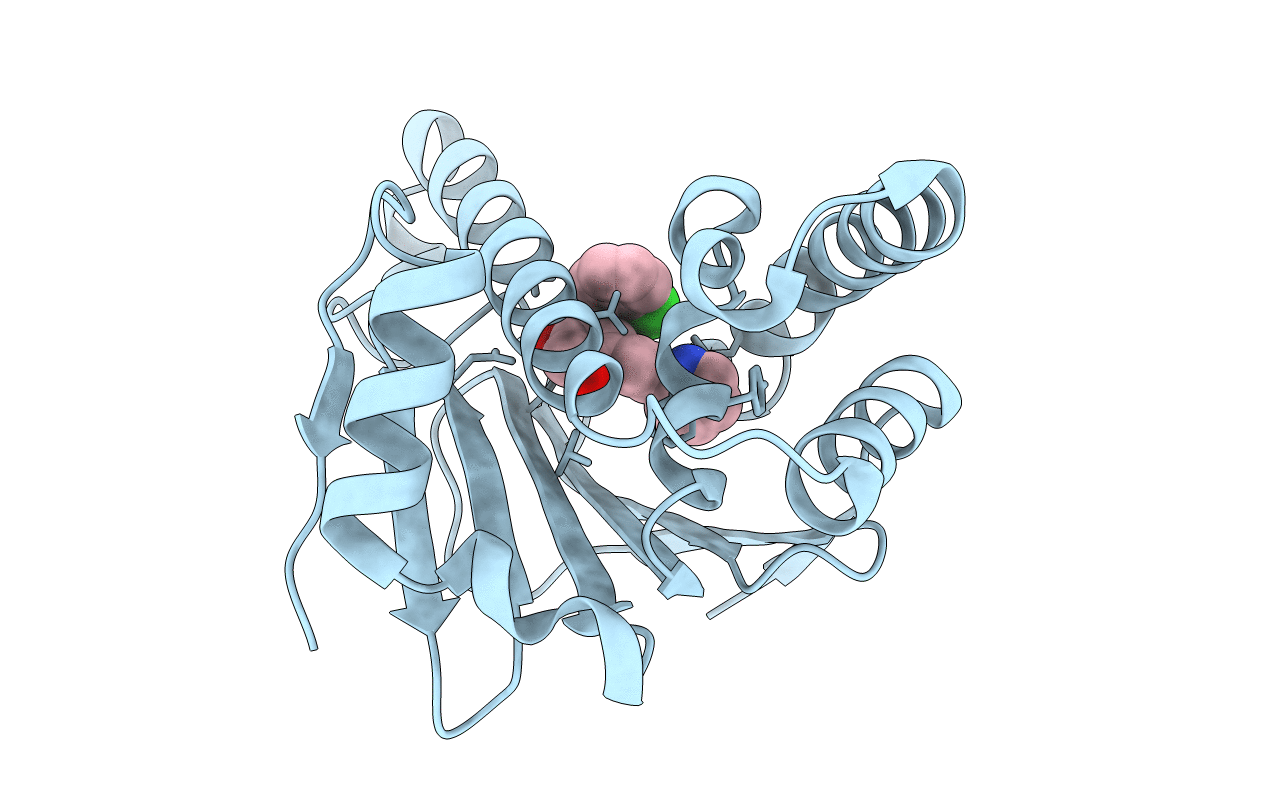
Deposition Date
2017-09-29
Release Date
2018-05-30
Last Version Date
2024-05-08
Entry Detail
PDB ID:
6ELP
Keywords:
Title:
Estimation of relative drug-target residence times by random acceleration molecular dynamics simulation
Biological Source:
Source Organism:
Homo sapiens (Taxon ID: 9606)
Host Organism:
Method Details:
Experimental Method:
Resolution:
1.85 Å
R-Value Free:
0.20
R-Value Work:
0.17
R-Value Observed:
0.17
Space Group:
I 2 2 2


